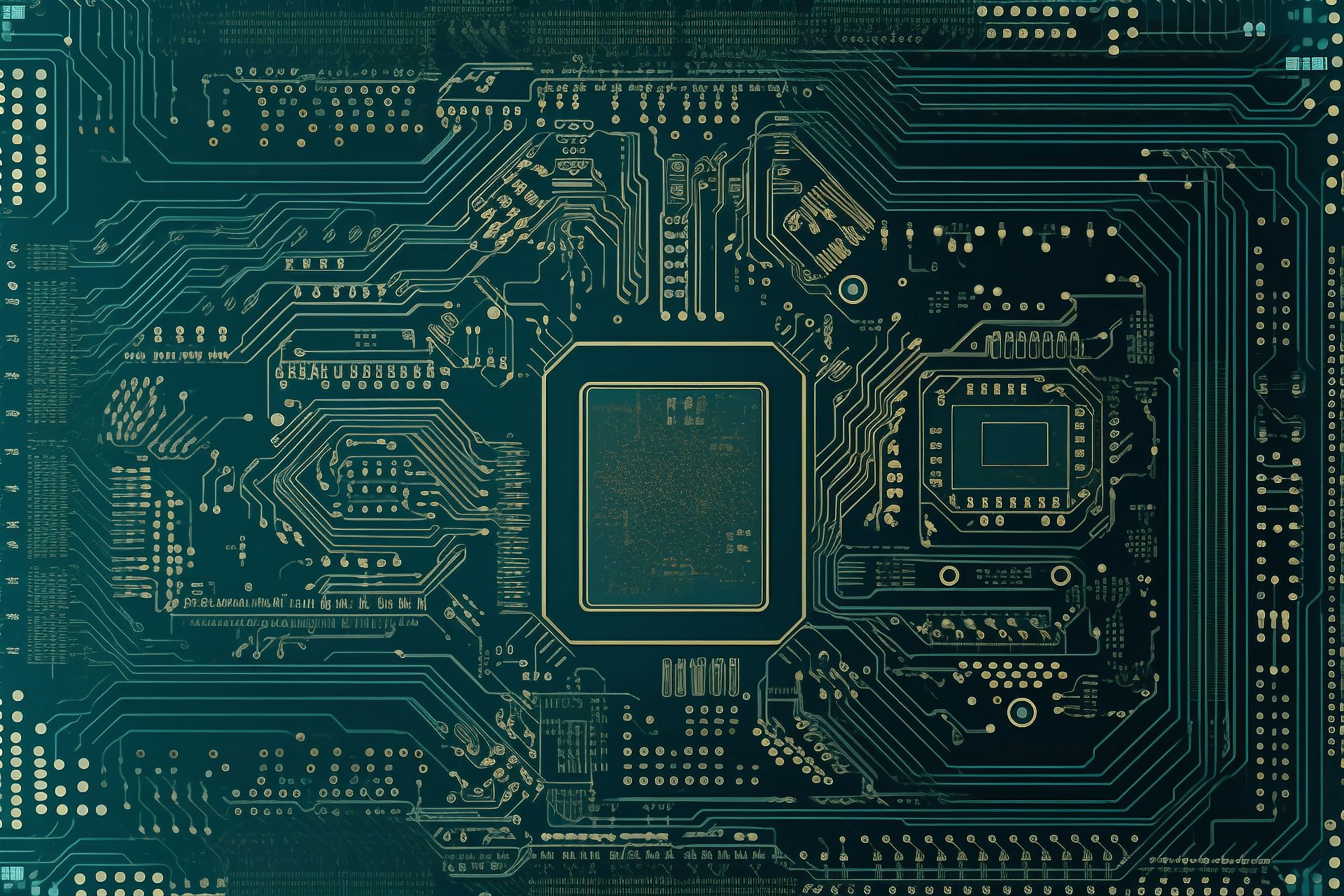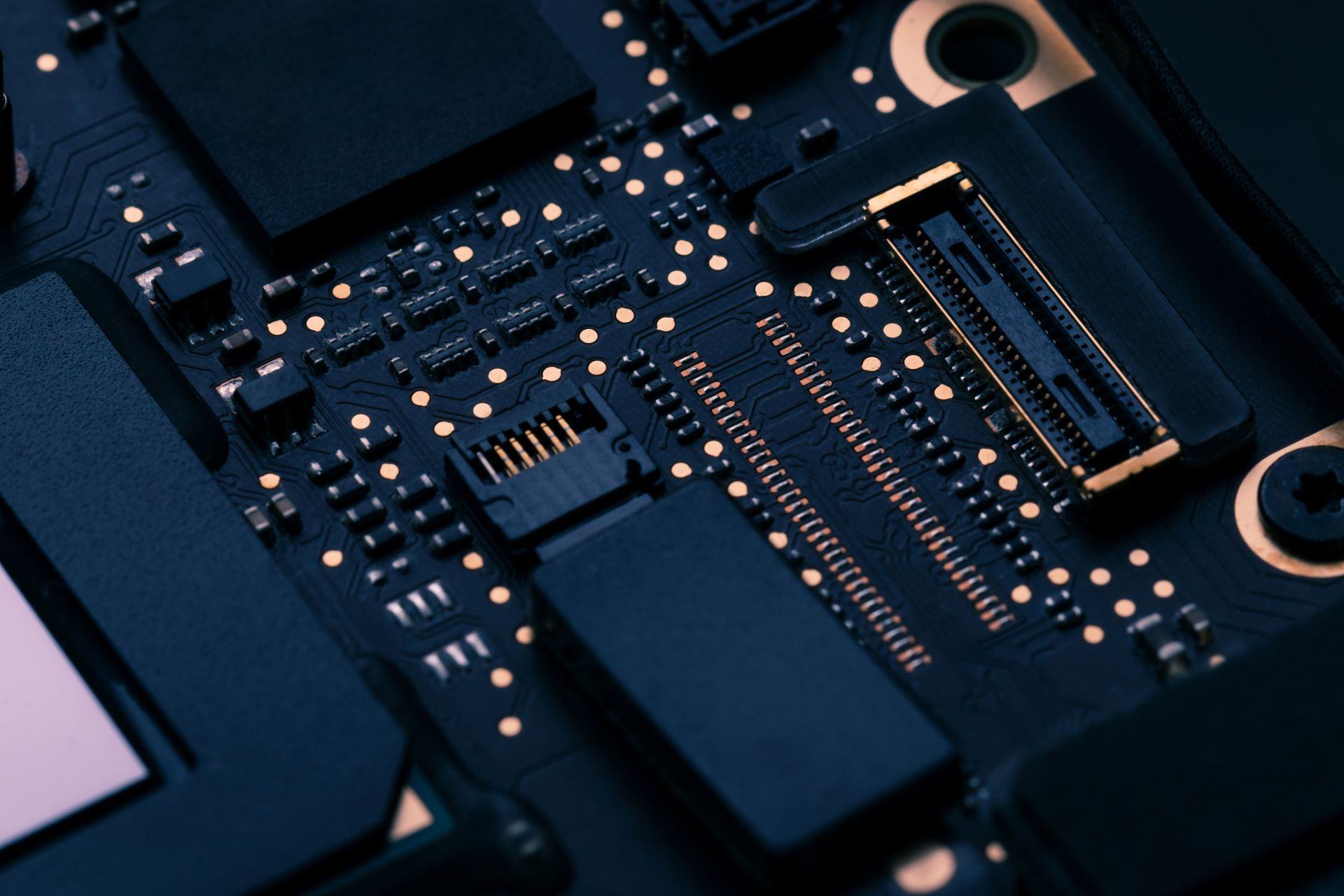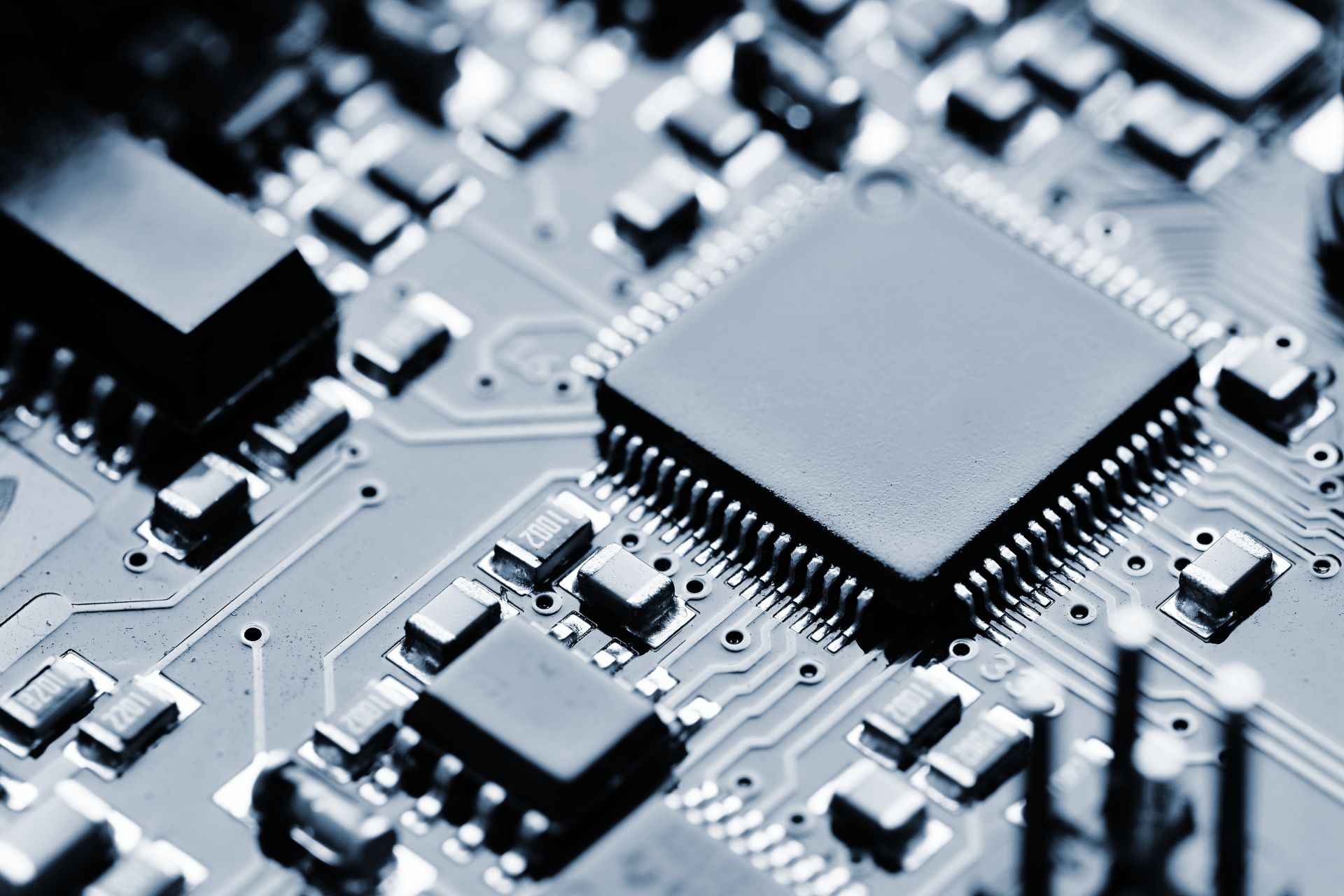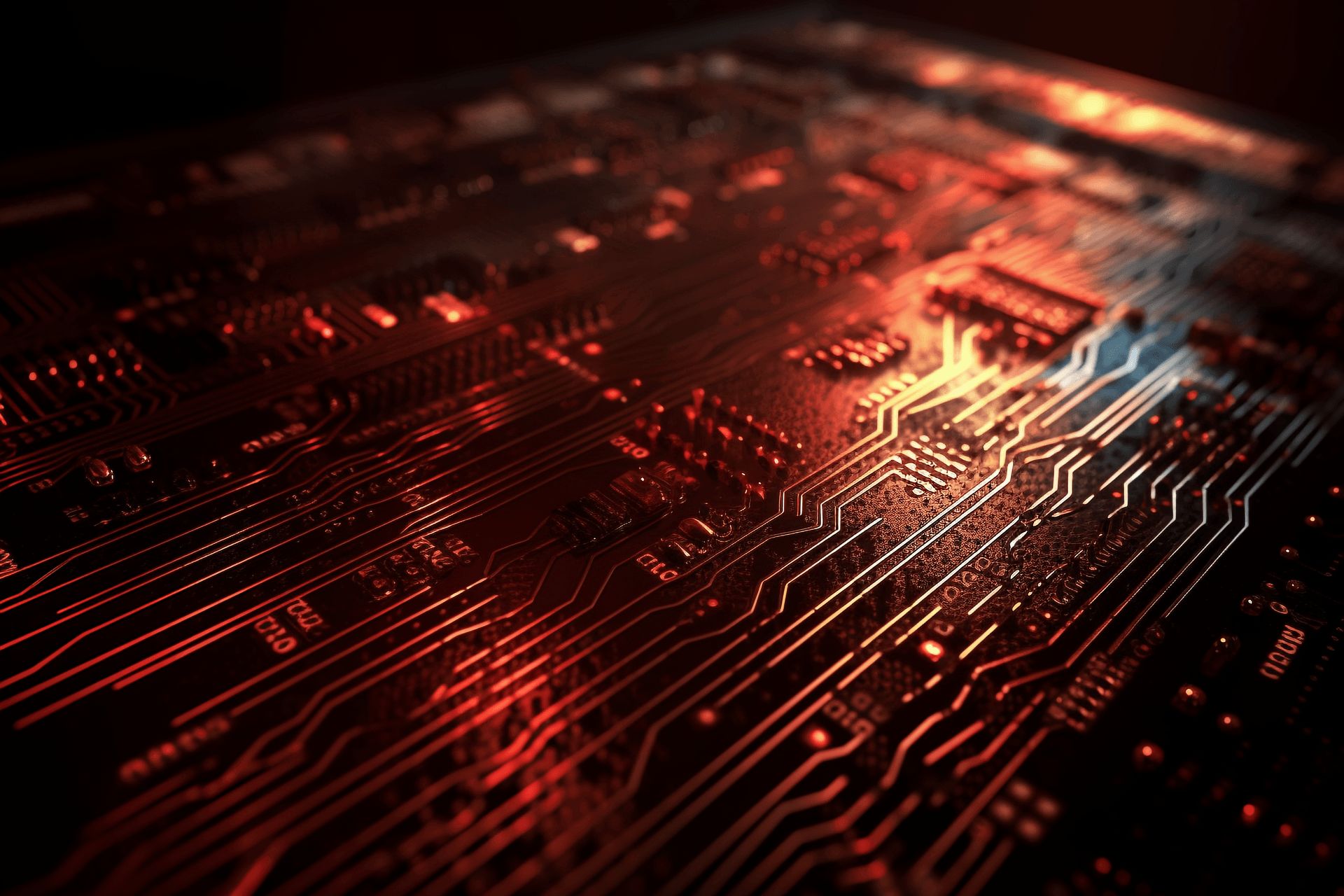Common surface finishes for PCBs include:
HASL (Hot Air Solder Leveling): HASL is a popular surface finish that involves coating the PCB's exposed copper traces with a layer of solder. It provides good solderability and a relatively low cost. However, it may not be suitable for fine-pitch components or high-density PCBs due to its uneven surface and potential for solder bridging.
ENIG (Electroless Nickel Immersion Gold): ENIG is a widely used surface finish that involves depositing a thin layer of gold over a layer of nickel on the copper traces. It provides excellent solderability, corrosion resistance, and flatness. ENIG is suitable for a wide range of applications, including fine-pitch components and high-density PCBs.
Immersion Tin: Immersion tin, also known as white tin, is a surface finish where the PCB's exposed copper is coated with a thin layer of tin. It offers good solderability and is a cost-effective option. However, it may be prone to oxidation over time, which can affect solderability.
OSP (Organic Solderability Preservative): OSP is a surface finish that involves applying a thin organic coating over the exposed copper traces. It provides good solderability and flatness, and is environmentally friendly. However, OSP is not as durable as other surface finishes and may require additional protection during handling and assembly.
Hard Gold: Hard gold, also known as hard electrolytic gold, is a surface finish where a thick layer of gold is selectively plated onto specific areas, such as edge connectors or contact pads. It offers excellent durability, corrosion resistance, and conductivity, making it suitable for applications with repeated mating cycles or harsh environments.
These are some of the common surface finishes for PCBs, and the choice depends on factors such as the application requirements, cost considerations, and the specific properties desired for the PCB.



